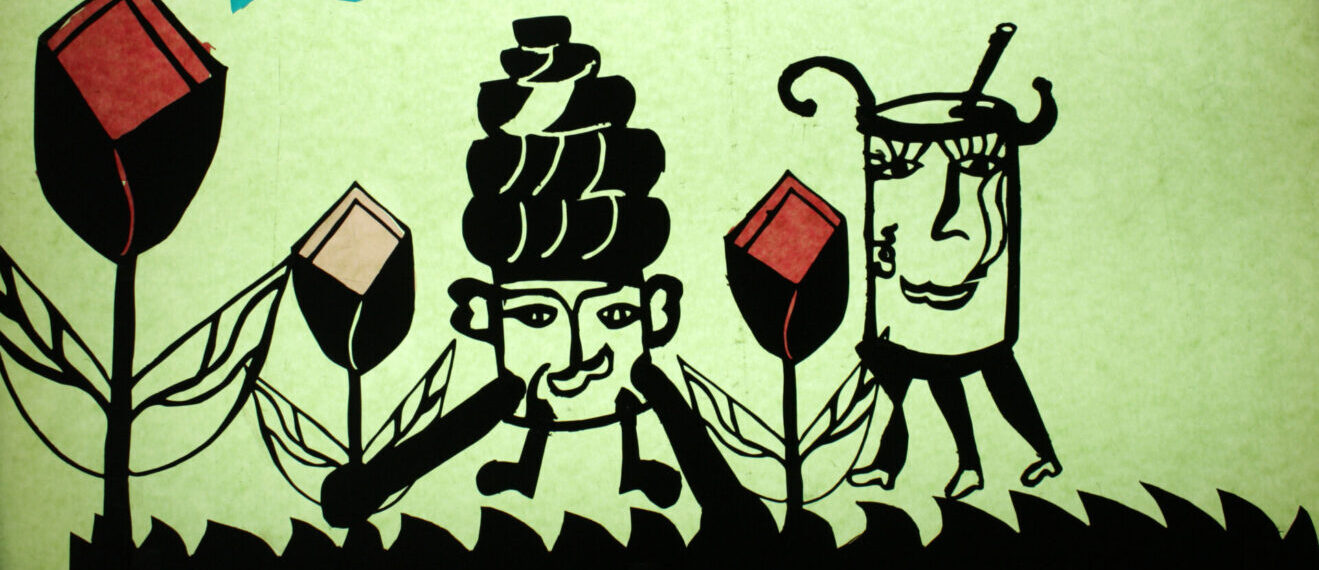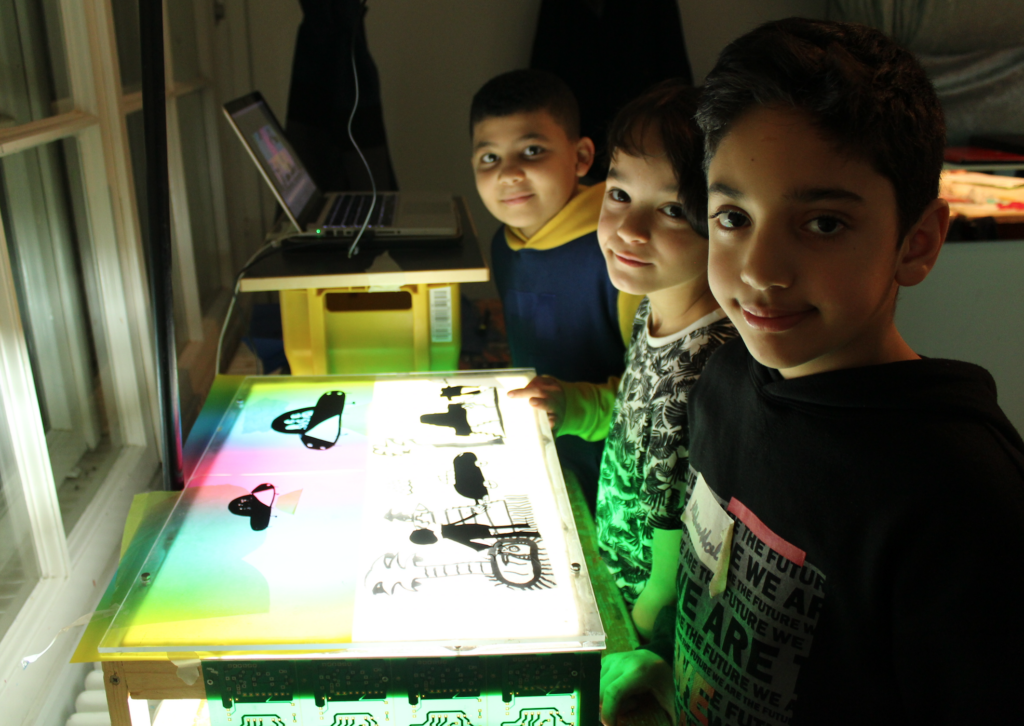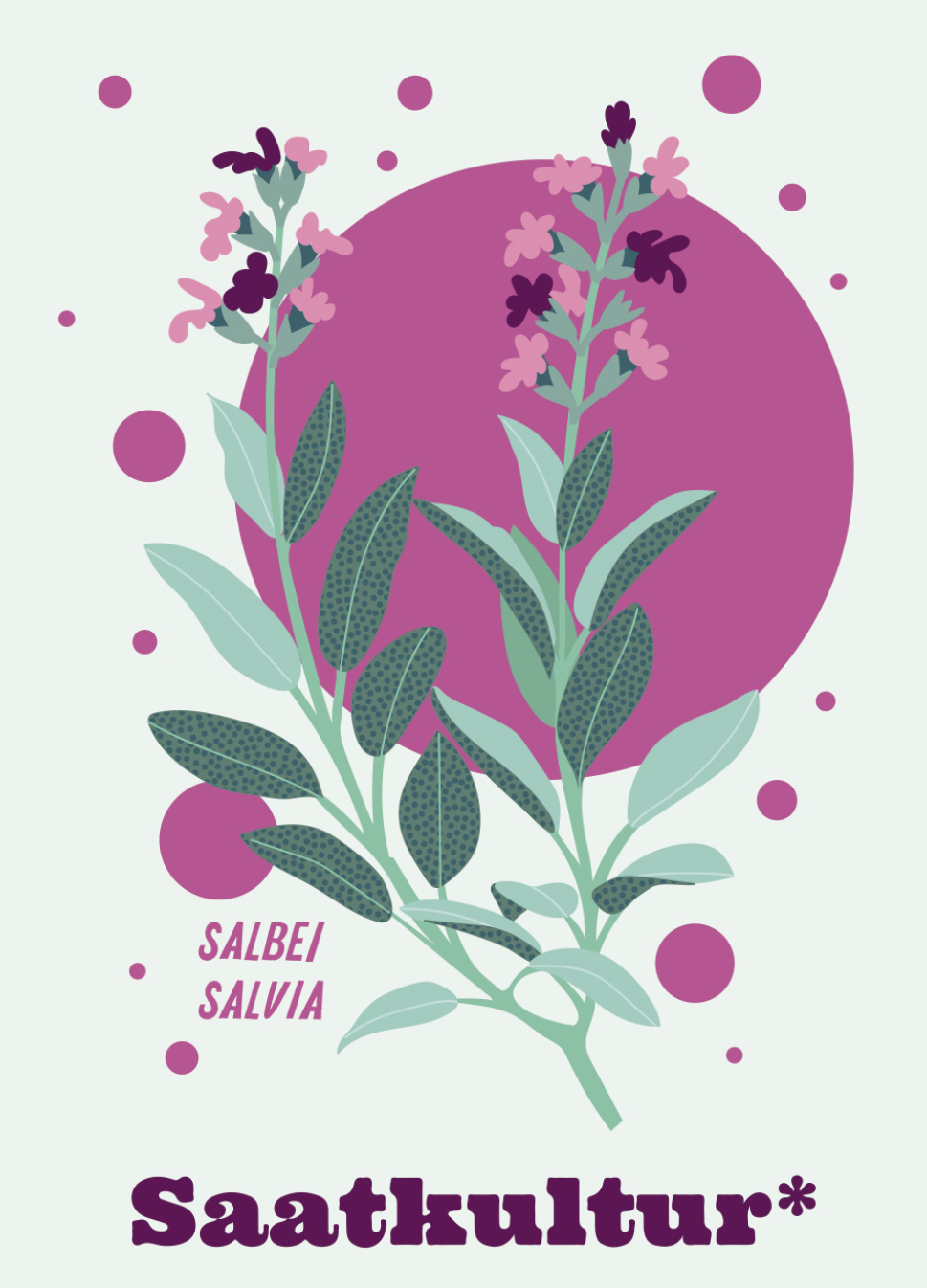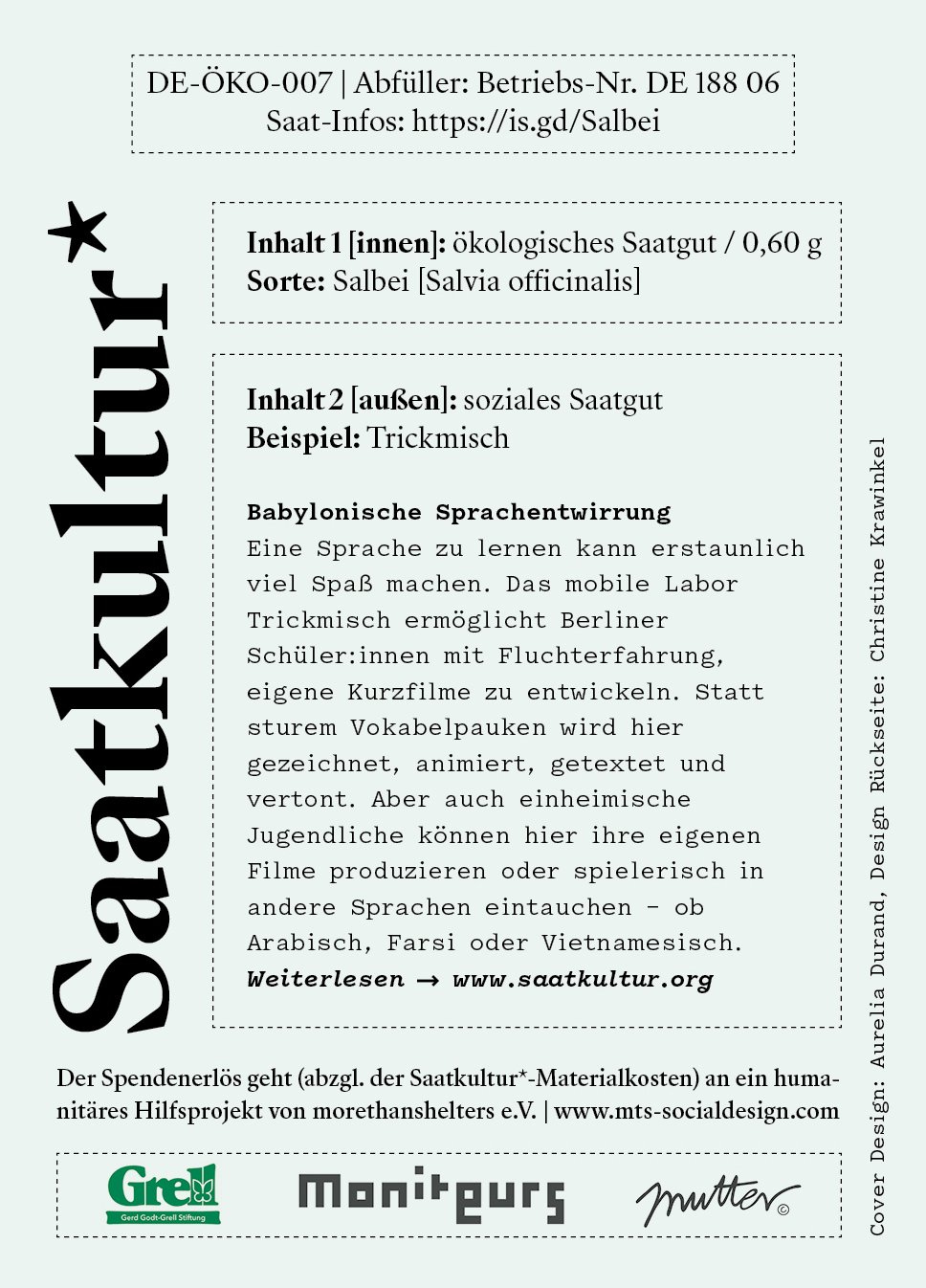
Trickmisch
Babylonian speech unmuddling
The mobile animation lab Trickmisch invites kids and young people to learn German and other languages in a creative way.
A Berlin classroom at the end of a dangerous escape route: From the perspective of the students who have just arrived, the foreign sounds of this completely different language with its strange rhythm and melody are likely to hang like a thick, heavy, closed curtain in front of the stage on which their own future is supposed to act out. Quite discouraging. But then a mobile animation language lab is set up in the school, allowing the students to experiment with images and words for a week. As they draw figures, cut them out, animate them, and add text and sound to their visual messages, the curtain slowly begins to rise.
Trickmisch – this is the name of the mobile language lab that filmmaker and art educator Julia Kapelle originally founded together with Nadin Reschke to provide arriving students with a more playful approach to the German language. Since 2014, the Trickmisch team, equipped with a collection of figures, cameras, trick tables, film editing stations, and a mini recording studio, has been conducting workshops in emergency shelters and welcome classes at Berlin schools, thus awakening enthusiasm for the creative use of language.
The international Trickmisch team encourages each student, using their own drawings, to become involved. Some students are initially apprehensive about whether they are able to draw well enough to create their own film, but the experts know how to dispel these self-doubts. They show the hesitant students the pictures of others and give them some basic instructions, for example, regarding proportions. From Julia Kapelle’s perspective it is primarily about empowerment: “The most important thing is that it becomes their own film. We moderate this process and support them with the dramaturgy. However, they then take over the animation process and set the soundtrack on their own.”
Once the workshop participants have recognized the creative potential of animated film, they work with an enthusiasm that is otherwise often rare in the context of school. “The atmosphere in the morning is often more like a studio. When I come in, everyone is already sitting at the light tables, eager to get started. It’s nice to see how they then immerse themselves completely, how they forget about breaks and how proud they are of their products,” Julia Kapelle says. The reason why this is a lot of fun has to do with the fact that it’s not a pre-set, boring visual world, but a visual language developed by the student community itself.
In order to make this playful learning method accessible to a broader target group, Julia Kapelle, together with programmer and artist Paul Geisler, developed the digital tool Trixmix TV in 2016, in which they digitized the analog drawings of the students and made them usable online.
On the website, you can create your own films based on the collectively created vocabulary and choose among almost 900 sounds. A lexicon with currently more than 5,700 picture words is available, in which one selects alphabetically or according to visual criteria. You can also add your own figures if you send them to Trickmisch in advance by e-mail. In addition, the picture dictionary is also linked to the films, so you can find the original film for each figure or look up which films were created with your own drawings. In addition, you can use the drawings and terms to create and edit worksheets, for example, or playfully connect the correct word-picture pairs.
You can also listen to audio files that are spoken by students for the individual picture words. It is not only German words that are available here. “When we realized how many languages the students spoke, we decided to include words from other languages as well, for example Arabic, Farsi or Vietnamese,” explains Julia Kapelle. In this way, step by step, the picture dictionary developed into an intercultural communication tool that now includes examples from 28 languages.

As the Covid pandemic arrived, Paul Geisler and Julia Kapelle made the online tool smartphone-compatible. This also allowed them to organize online workshops and make it easier for many others to access the language lab. In addition, they created new opportunities on the website to playfully explore the topic of poetry, adapted to the different vocabulary levels.
Overall, the concept enables students to feed their individual creativity into the process of language acquisition and thus motivate and help others at the same time. In this way, the students finally push aside the dense heavy curtain of the foreign language together and enter – as active members of an ensemble – the stage of their own future.
Donate to the nonprofit organisation:
trickmisch e.V.
IBAN: DE37 8306 5408 0004 2977 41
BIC: GENO DEF1 SLR
Info:

